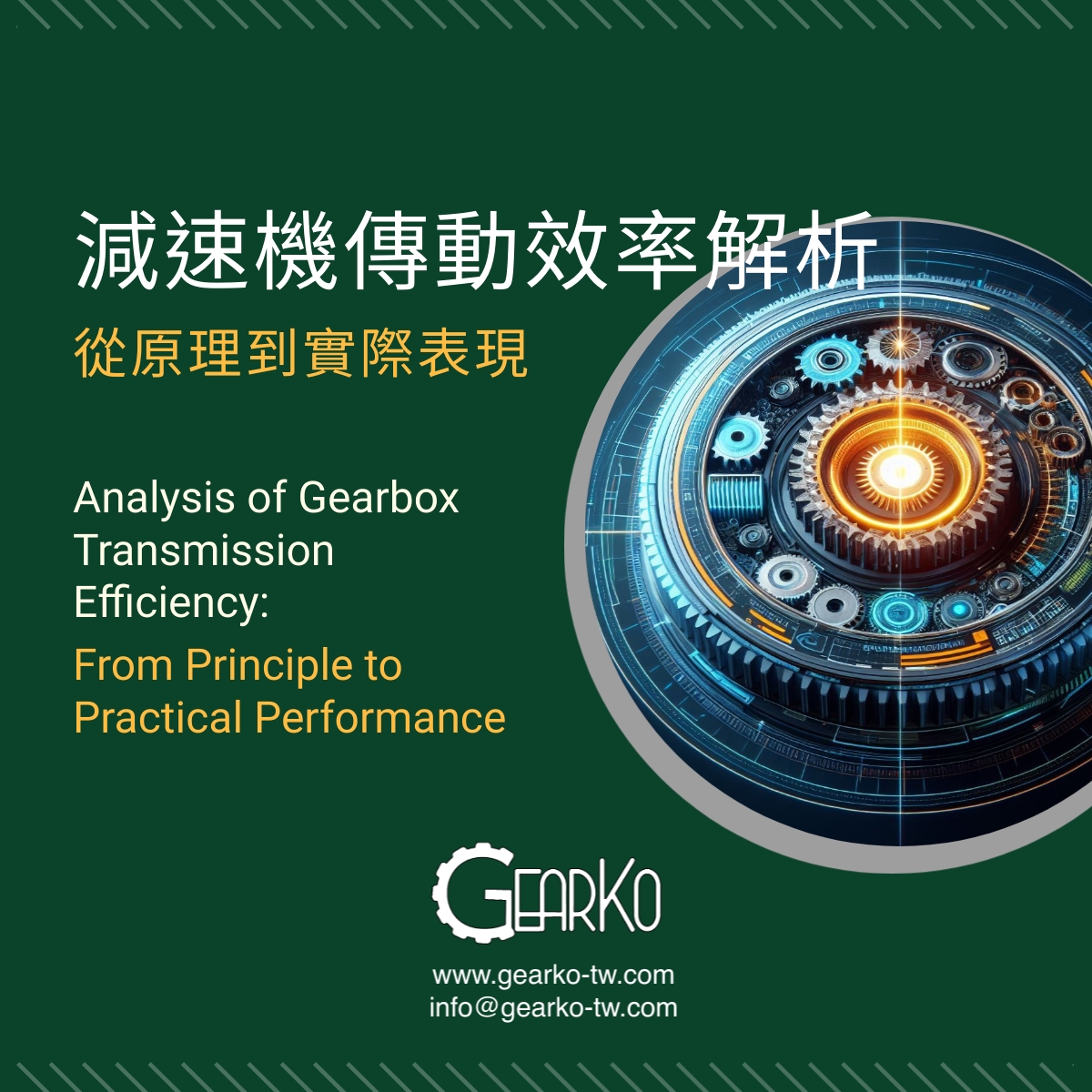2023.10.06
Analysis of Gearbox Transmission Efficiency: From Principle to Practical Performance

The transmission efficiency of gearboxes varies depending on the type of gearbox and other external factors. This efficiency is one of the key metrics for evaluating equipment. A higher efficiency means less energy wastage. However, to test this efficiency, specialized equipment is needed. It's challenging for customers to measure this on their own, and the accuracy of their measurements tends to be less precise than those obtained with professional equipment. Nevertheless, relative comparisons can still be made. In fact, equipment heat generation is one of the most direct indicators. If the efficiency is too low, the equipment might not operate correctly, leading to other issues and economic losses. Therefore, the transmission efficiency of gearboxes is crucial for the operational efficiency of equipment, and it's a matter that we must prioritize.
In the law of conservation of energy that we've learned, heat doesn't increase or decrease without reason. This law suggests that heat and mechanical energy are interchangeable, making them equivalent. If equipment gradually heats up, it means the motor needs more power to offset the heat source. The outcome is energy wastage and potential long-term damage due to motor overload.
Generally, the efficiency of gearboxes is influenced by various conditions such as reduction ratio, input speed, load torque, ambient temperature, lubrication conditions, and bearings. For instance, during full-load operation of a gearbox, if input power or torque decreases (with constant no-load torque), the rated efficiency will drop. Thus, if the motor doesn't compensate for energy loss, its running speed will affect the efficiency. In other words, when transmission efficiency decreases, output power diminishes, loads weaken, and acceleration decreases, slowing production rhythm. This can result in reduced work efficiency, leading to losses for production enterprises.
Among gearboxes, planetary gearboxes have the highest transmission efficiency, with single-stage around 97% and double-stage around 94%. Harmonic gearboxes have an efficiency of about 65-85%, RV gearboxes around 84%, turbo gearboxes around 65%, and double-stage turbo gearboxes around 35%. Different gearboxes are used for different applications. Of course, as gearbox manufacturers improve production precision, efficiency can also increase. The above efficiency values are for reference and are not absolute.
Gearko's planetary gearboxes are renowned in the industry. In improving the transmission efficiency of planetary gearboxes, we pay meticulous attention to the selection of gear lubricants and bearings, ensuring our products are trustworthy. If you have any inquiries, please contact us.